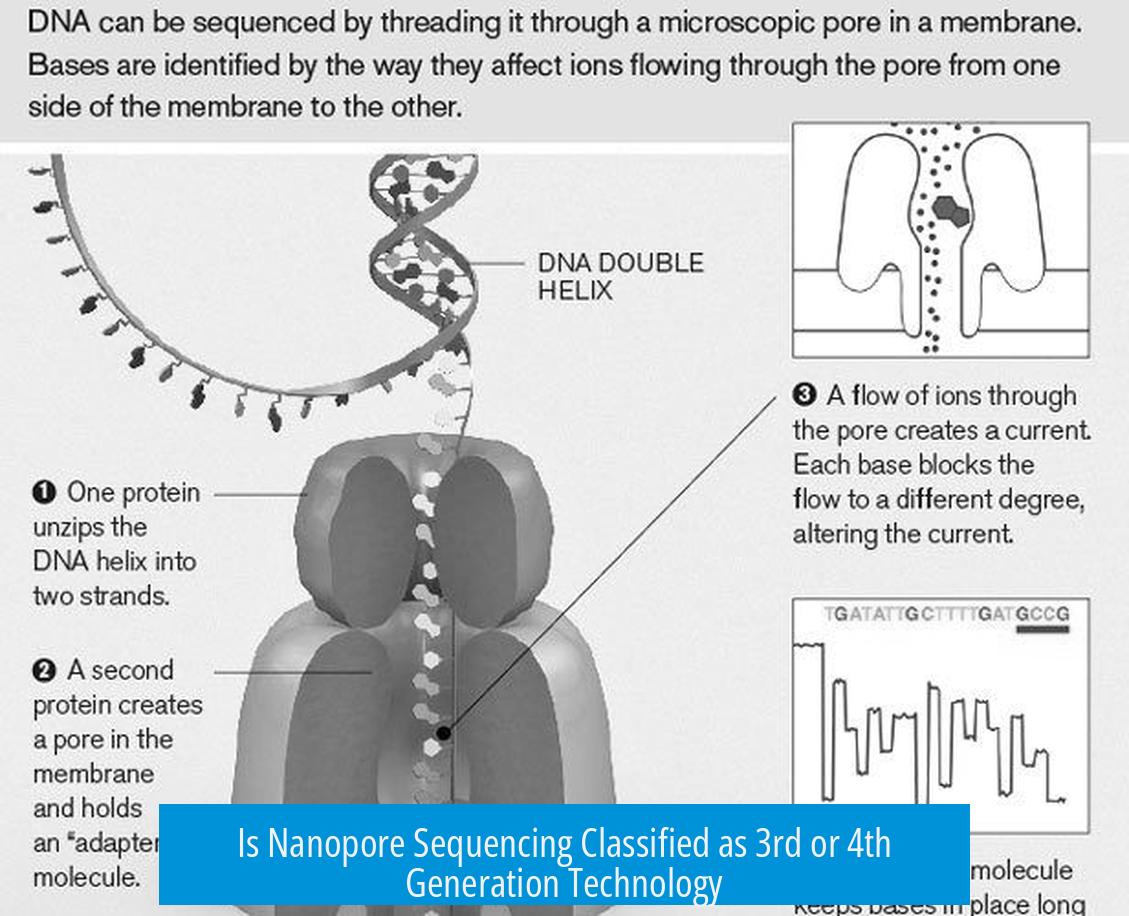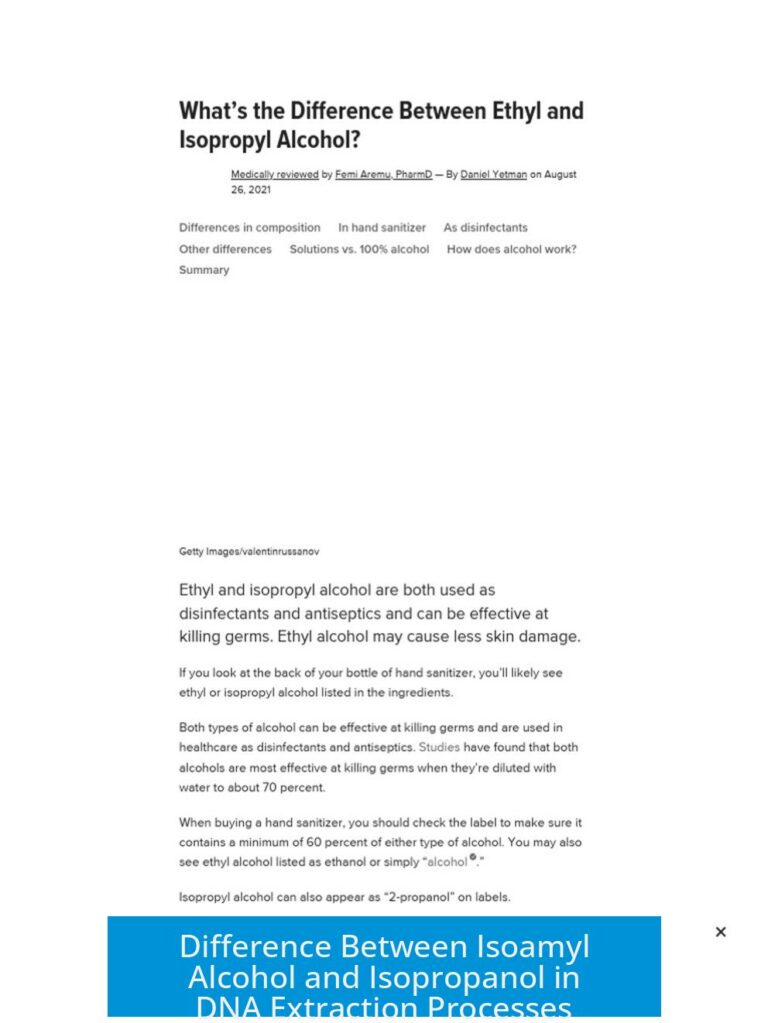Is Nanopore Sequencing 3rd or 4th Generation?
Nanopore sequencing is generally classified as a third-generation sequencing technology. This classification stems from its similarities with other long-read sequencing methods such as PacBio, which also falls under third generation. Both methods provide long-read data, allowing detailed analysis of complex genomes and structural variants.
Classification of Nanopore Sequencing
Third-generation sequencing (3GS) technologies emerged to overcome limitations of earlier methods by producing longer reads and enabling direct sequencing of native DNA or RNA molecules. Nanopore sequencing from Oxford Nanopore Technologies (ONT) fits this description by reading DNA strands directly through biological nanopores.
PacBio, one of the first third-generation platforms, and ONT provide long-read sequences used for similar applications. This commonality justifies grouping them within the third generation, despite ONT’s later market entry.
Critique of Generational Terminology
The “generation” labeling in sequencing technology is often imprecise and varies depending on perspective. Since 2006, the term “next-generation sequencing” (NGS) broadly covers technologies that followed Sanger sequencing. However, distinctions between third and fourth generations lack standardized definitions.
Experts note these categories are partly marketing-driven rather than scientific classifications. They can become arbitrary as technologies evolve rapidly. This ambiguity makes generation-based nomenclature less useful for technical discussions.
Arguments for 4th Generation Label?
Some propose that nanopore sequencing could be considered a fourth-generation technology due to its novel mechanism, capable of sequencing directly without amplification or complex chemistry. This contrasts with earlier generations involving synthesis or cleavage-based methods.
However, no formal consensus exists to separate nanopore sequencing into a new generation. Instead, classifications often emphasize practical characteristics like read length and chemistry.
Key Takeaways
- Nanopore sequencing belongs to third-generation sequencing, sharing features with PacBio’s long-read platforms.
- Generation terminology is loosely defined and partly reflects marketing rather than strict scientific criteria.
- Proposals for nanopore as a fourth-generation method exist but lack broad agreement.
- Focusing on technology capabilities and applications offers clearer understanding than generational labels.





Leave a Comment